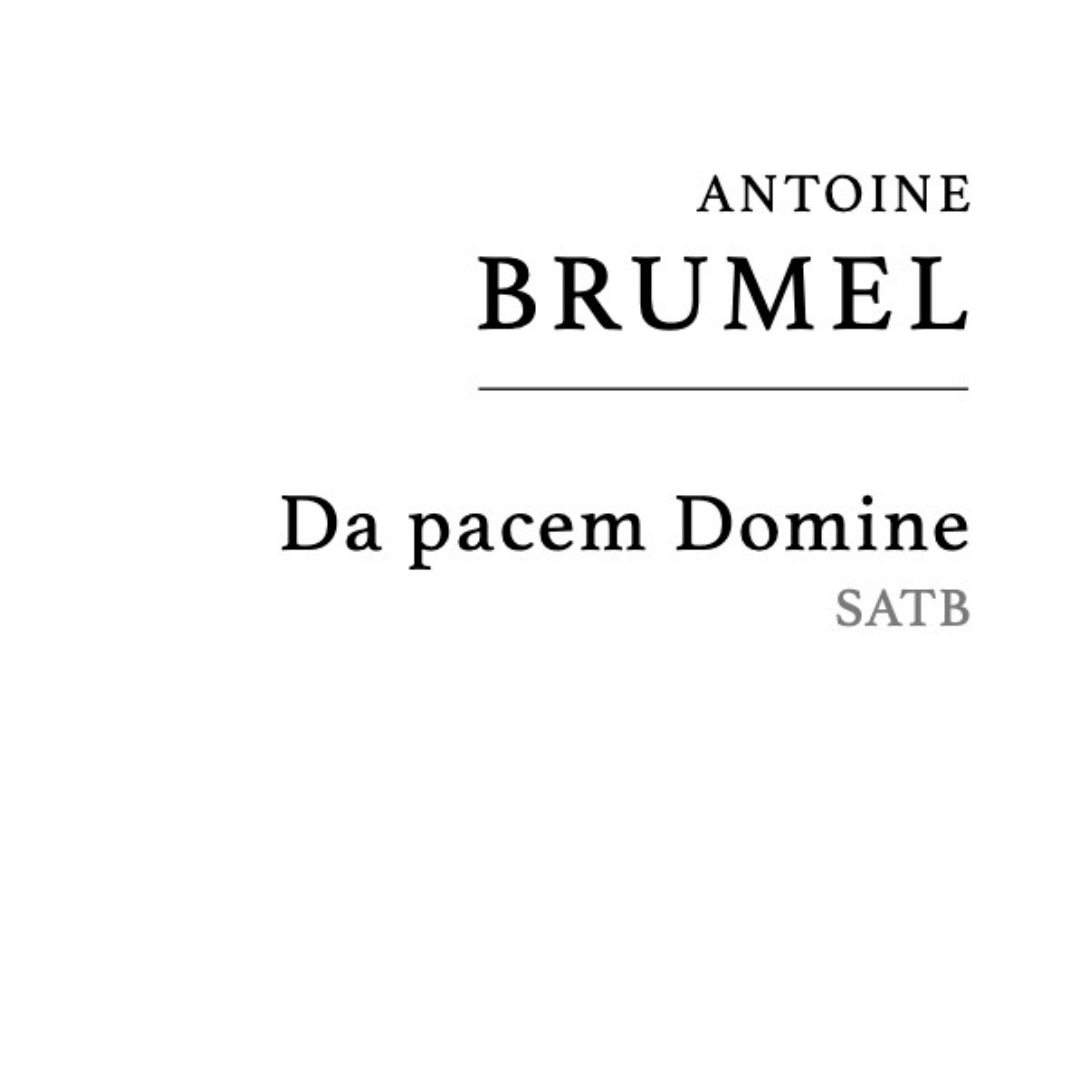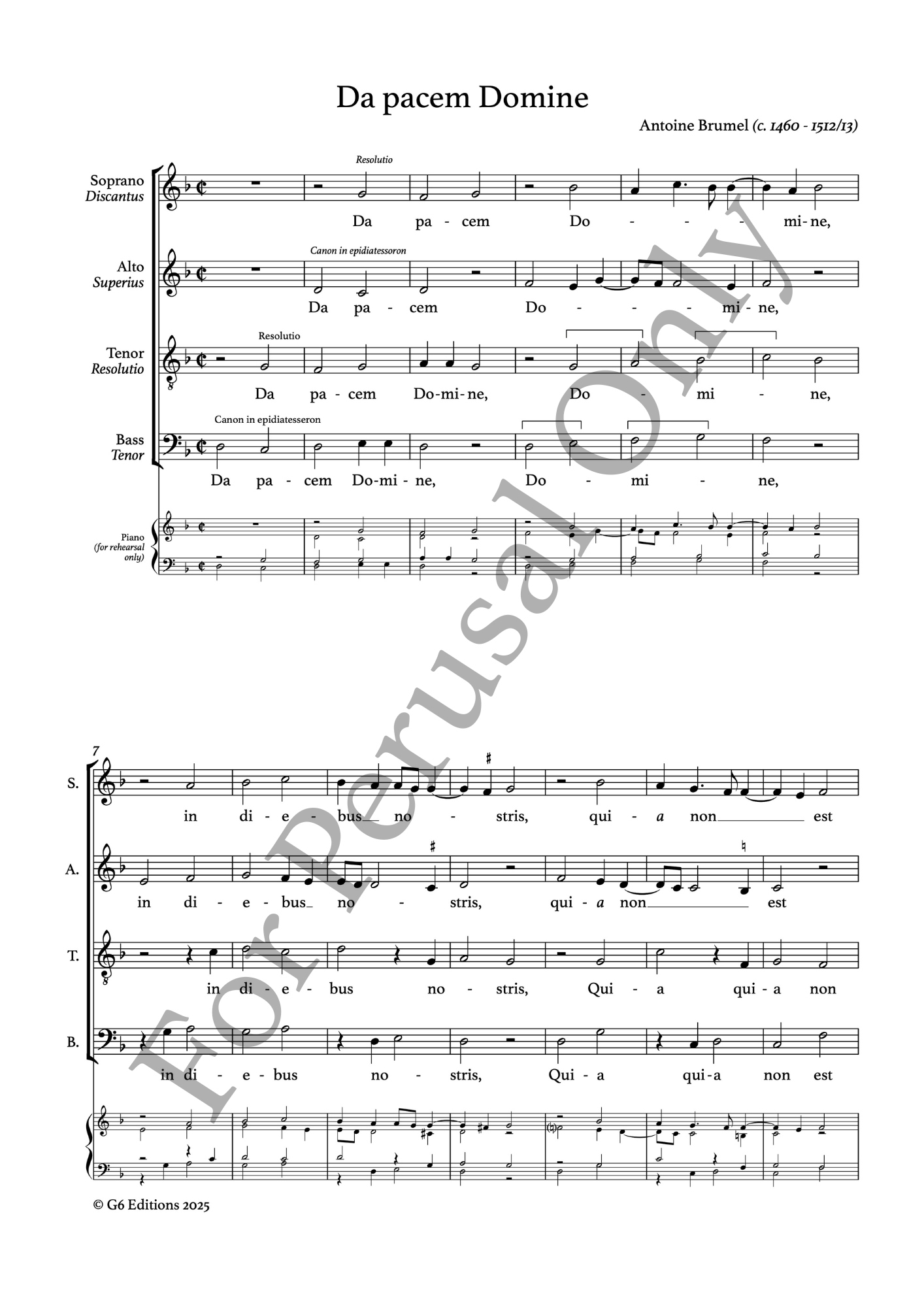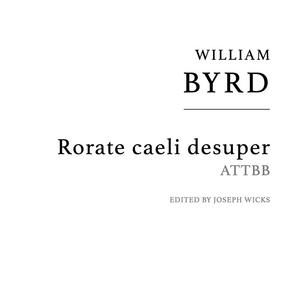Description
Antoine Brumel had a varied career as a singer and choirmaster in France before becoming one of the Oltremontani, moving to Italy in 1506 to become maestro di cappella at the Este court at Ferrara in the service of Duke Alfonso I. Brumel arrived as a waning of the plague that had claimed the life of his predecessor Jacob Obrecht and a period of relative peace with Ferrara’s neighbours allowed for the reformation of a large chapel choir.
Brumel’s Da pacem Domine was first printed in Antico’s 1520 Motetti novi e chanzoni franciose and is composed as a simple canonic exercise: an intellectual working-out which magnifies the original plainchant. In this Venetian print oltremontani composers with close affiliations to the Este court such as Josquin, Willaert and Mouton use these exercises in practice perhaps for the larger, architectural canons at the heart of some of their most famous compositions.
All of the composers named by Molinet in Nymphes des Bois (famously set by Josquin in his Deploration sur la Mort de Johannes Ockeghem): Josquin, La Rue, Compère, and Brumel wrote works incorporating the Da pacem chant, a reflection of the extremely turbulent political situation in Europe at the turn of the 1500s.
© Guy James 2025
Text:
Da pacem Domine
in diebus nostris,
quia non est alius
qui pugnet pro nobis,
nisi tu Deus noster.
Give peace, O Lord
in our days,
because there is none other
that fighteth for us,
but only thou, our God.
c. 6th or 7th century











